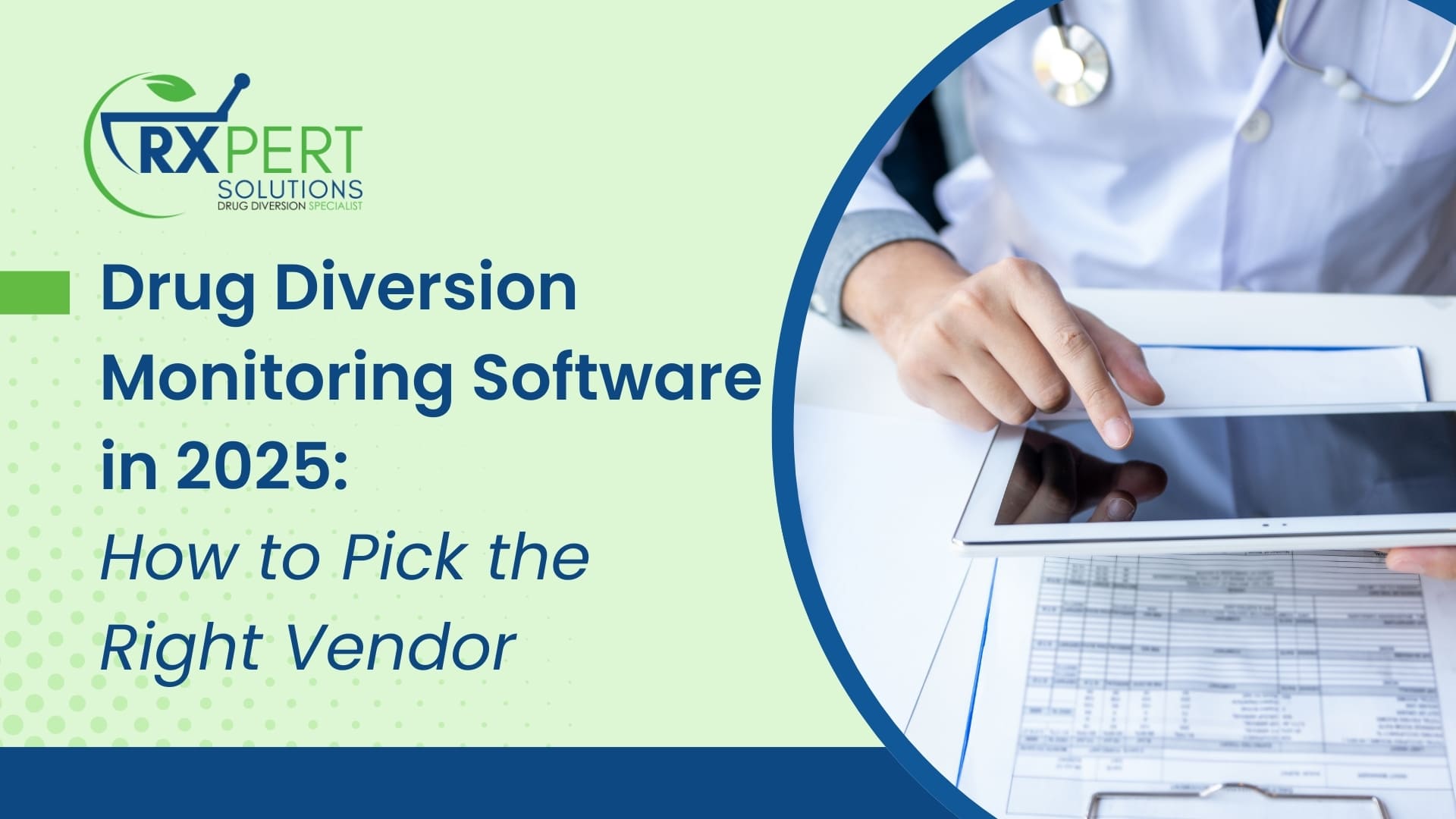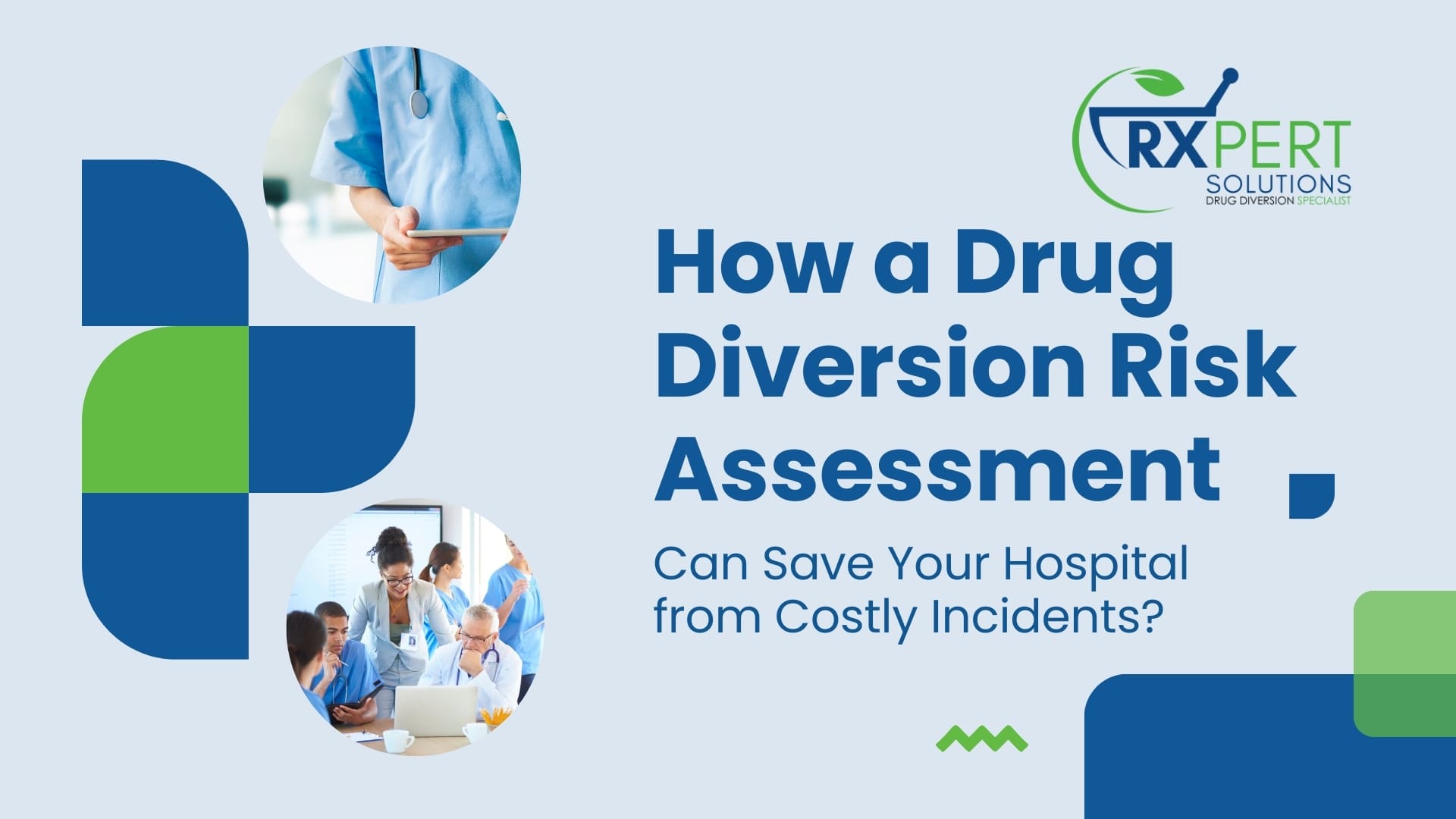I recently read another news story about a nurse in NY who swapped hydromorphone with tap water while working at a Cancer Center. An estimated 81 patients did not get their hydromorphone as intended. For six of those patients, not only did they not get their pain medication, but they got Sphingomonas paucimobilis instead.
The least impactful type of diversion, if you will, is when the diverter simply steals the medication without it impacting patients. For example, they take the waste that was going to be discarded anyway. The next impactful type of diversion is when it keeps the medication from reaching the patient. Perhaps the healthcare provider substitutes another med in place of the controlled substance (e.g. Tylenol). The most impactful type of diversion, with the greatest harm potential to the patient, is when the med is substituted with a non-sterile fluid. This not only exposes the patient to the non-sterile fluid (in the above case tap water), but it also exposes the patient to whatever infections the healthcare worker may have if they are reusing needles.
This is serious business folks. If you do not have a real diversion monitoring program, you are not doing what you need to do to keep your patients safe. I say “real” because there are facilities out there that have a program in place that is ineffective but checks the box that says “monitors for controlled substance diversion”. This is not a check box topic. This is a real danger.
Don’t count the things you do, do the things that count. –Zig Ziglar





